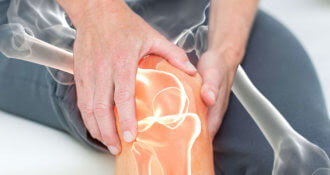Physical Therapy Programs - Courses of Study
Find Physical Therapy Programs in the United States and Canada. There is a vast assortment of physical therapy programs from which to choose. For instance, if you have already attained a certain level of education from one of over 200 accredited physical therapy programs in the United States, you will find that several schools and universities provide extended career training in Masters's Degree in Physical Therapy, post-graduate Doctor of Physical Therapy Programs, as well as Transitional Doctor of Physical Therapy Programs.
Depending on which physical therapy program in which you enroll, there are several specialized areas of study that are currently available. Various colleges and universities provide practical training in orthopedic physical therapy, geriatric physical therapy, neurological physical therapy, occupational, physical therapy, cardiovascular/pulmonary rehabilitation, and pediatric physical therapy, among others.
If you are more interested in becoming a physical therapy assistant (PTA) or physical therapy aide, there are also numerous physical therapy programs primarily designed for the future PTA. Candidates learn how to work under the supervision of a licensed physical therapist after they have successfully graduated from an accredited Associate degree program.
Associates in Physical Therapy programs often take approximately two years to complete and are the educational stepping stone for physical therapy assistants. Upon completion, graduates can attain their bachelor's, master's, or doctorate and earn the right to become licensed physical therapists. Depending on the degree course, students can anticipate a curriculum in anatomy, CPR and first aid, physiology, biology, chemistry, and physics, and practical training in therapeutic modalities (including massage techniques, manual and mechanical therapies, etc.). While not all physical therapy schools offer the same curriculum, accredited physical therapy programs (by the American Physical Therapy Association APTA) must meet common and basic educational standards. While many may differ in specialized training, the academic foundations are very similar.


Comments
Post a Comment